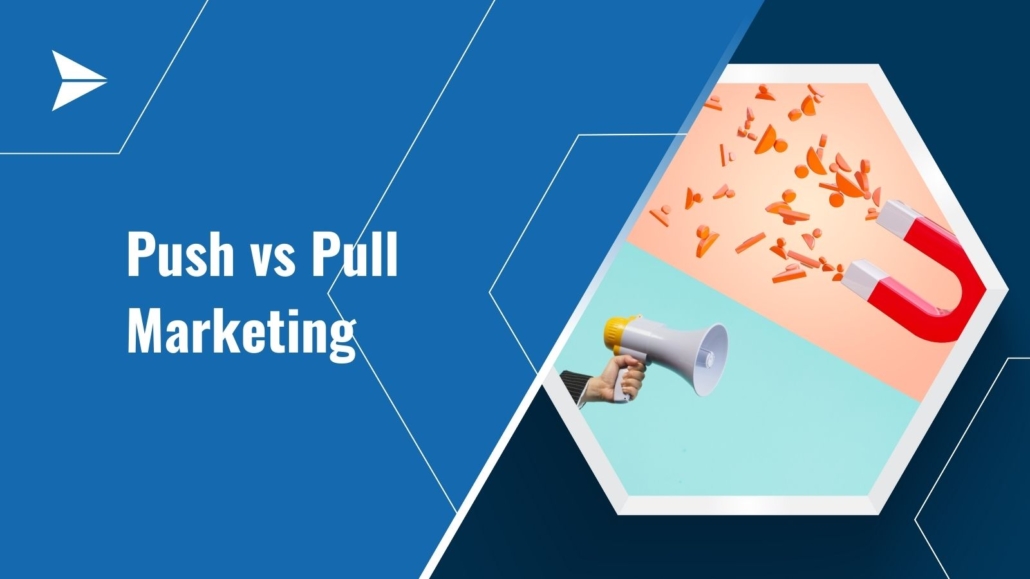Consumer Psychology Insights: 7 studies you can use today
Consumer psychology delves into the reasons why individuals make purchasing decisions. It’s a fascinating field that combines psychology, marketing, and economics to understand why people buy certain products or services. In this article, we will share 7 takeaways to learn more about consumer psychology insights. We encourage you to use them to your business’s advantage.
What is studied within consumer psychology?
Consumer psychology seeks to understand the “why” behind consumer choices, providing valuable insights for businesses to develop targeted marketing strategies and enhance customer experiences. This involves many factors and influences, including motivations, perceptions, and decision-making processes that impact how individuals select, purchase, use, and dispose of products and services.

How accurate is consumer psychology?
While consumer psychology offers a powerful lens into consumer behavior, its accuracy isn’t absolute. The field leverages research methods to identify common psychological drivers behind purchasing decisions. This allows for a degree of prediction in consumer choices, informing targeted marketing strategies and product development.
However, individual complexities and the dynamic nature of consumer trends, particularly with the influence of technology, introduce limitations. In essence, consumer psychology provides valuable probabilistic insights, increasing the understanding of broad consumer motivations, but acknowledging the inherent variability in individual decision-making.
7 consumer psychology insights based on experiments
As said before, by analyzing consumer psychology, businesses can uncover valuable information about what influences customers to buy certain products or services, how they perceive brands, and why they prefer one option over another.
SublimeStart made a summary of 7 researches that were carried out with really interesting conclusions. These insights provide businesses with actionable knowledge that can be used to tailor marketing strategies, product designs, pricing models, and customer experiences to better meet the needs and desires of their target audience, ultimately leading to increased sales and brand loyalty.
1. If people are interested they spend more time on comparing
This study found that people pay attention to different things when deciding what they like, depending on how interested they are. When people aren’t very motivated, they like things that are easy to compare more than things that are hard to compare. But when people have motivation, they pay attention to both types of differences. Companies can use this information to make their products seem better than other products.
Processing product unique features: Alignability and involvement in preference construction. Journal of Consumer Psychology (2001)
2. Brands are more liked when they showcase ideas that people care about
This study looked at how global brands can make people like them in different cultures. Researchers found that brands with ideas that are not just about what the brand does, but also about what people care about, are more popular. They made a list of these ideas and tested them with people from eight different countries. As a result, they found that brands with these ideas are more likely to be popular in different cultures. Also, it concluded that people’s own culture affects how they feel about brands with these ideas.
3. Advertising can be useful even if people watch the ad without memorizing it
This study looked at how people remember ads. In the research, students had to watch ads for made-up brands and then were asked to remember the ads right away, after 15 minutes, or after a week. Investigators also tested if people remembered the ads without realizing it (implicit memory) or if they remembered them on purpose (explicit memory). They noticed that people remembered the ads without realizing it even after a long time or when they were distracted, but remembering the ads on purpose was harder. As a conclusion, it was suggested that researchers should look at both types of memory when studying ads.
4. Advertising a familiar brand is more effective than unknown brand
5. Showcasing how things look, smell and feel is more effective than telling people about it
6. Four things make it overwhelming to make a decision
Choice Overload: A Conceptual Review and Meta-Analysis. Journal of Consumer Psychology (2015)
7. You can build brand authenticity by using four pillars
This article introduces a new way to measure brand authenticity and shows that it has four parts: credibility, integrity, symbolism, and continuity. The scale works for different brands and cultures. Different aspects influence the way people see brand authenticity. Some examples are how the brand relates to their life or how much they trust marketing. When people feel that a brand is authentic, they are more likely to feel attached to it and tell others about it. People who care a lot about being true to themselves are especially likely to choose authentic brands.
Brand authenticity: An integrative framework and measurement scale. Journal of Consumer Psychology (2015)
A word from SublimeStart
Understanding consumer psychology is key to crafting effective marketing strategies. By tapping into the emotional and psychological drivers behind consumer behavior, businesses can better connect with their target audience and drive sales.
Do you want to boost your sales and improve the performance of your business? SublimeStart takes your business to new levels through website, advertising and content improvement. Contact us today and let us help you!






